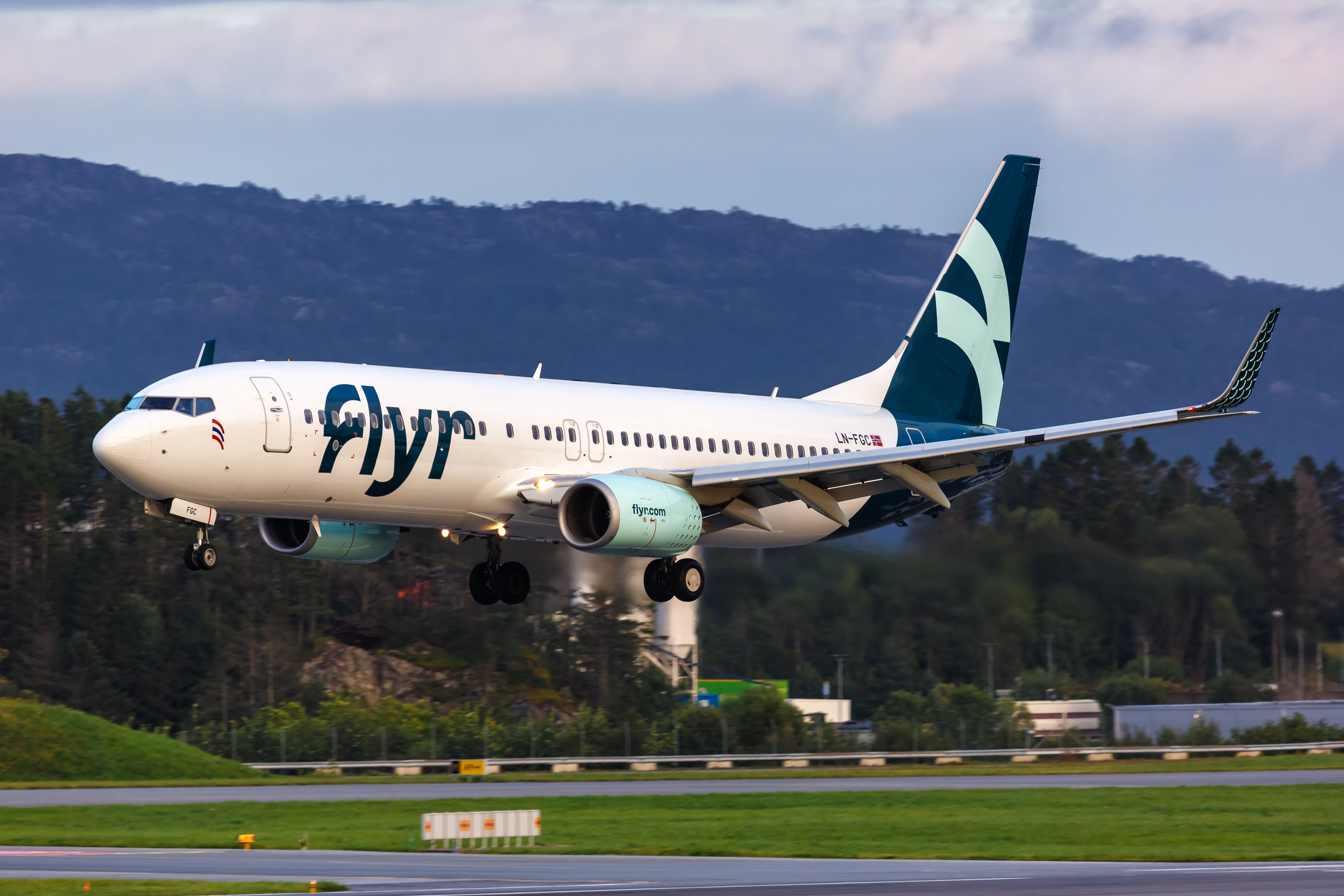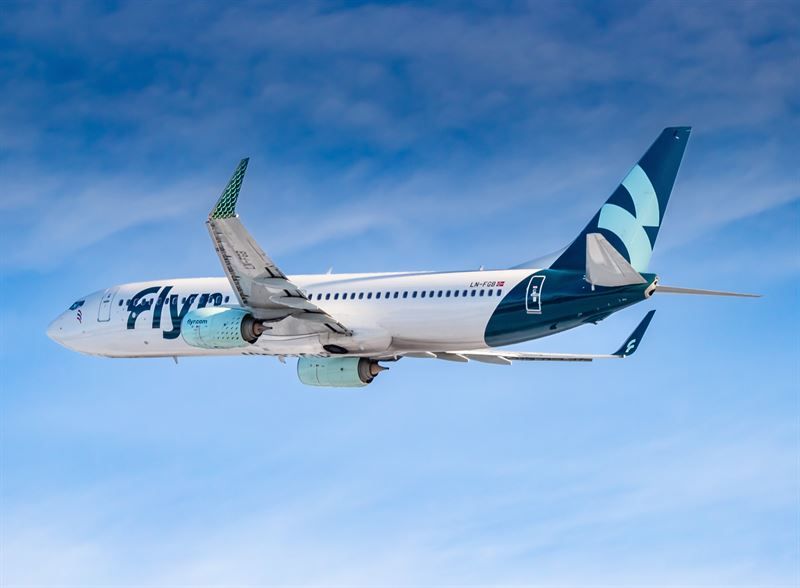Norwegian budget carrier Flyr collapsed just 19 months after commencing operations, with the board filing for bankruptcy on February 1. In a statement, the airline said there was no longer "a realistic opportunity to achieve a solution for the short-term liquidity situation.” However, that seems to have gone unnoticed by regulators across the Atlantic.
As spotted by aviation journalist Seth Miller, on February 8, the US Department of Transportation (DOT) tentatively approved Flyr's request to operate charter flights to and from the US. The original application by the Norwegian low-cost hopeful for an Exemption and Foreign Air Carrier Permit was filed on December 20, 2022.
DOT permission
As one might imagine, an airline or aircraft operator cannot just simply schedule themselves a slot in another country and initiate operations. According to the FAA,
"Foreign air carriers or operators who would like to conduct passenger or cargo operations to, from, and transiting the United States, must obtain a permit issued by the Department of Transportation (DOT) under Title 49 of the United States Code."
The DOT order granting Flyr its request for "exemption authority and a foreign air carrier permit to enable it to conduct charter air transportation of persons, property, and mail" was indeed served on February 9, 2023. While bureaucratic procedures are sometimes difficult to comprehend, it cannot be in the interest of efficiency to work on a license for an air carrier no longer operating for over a week.
The application was, as mentioned, submitted in December last year, in line with the airline's plans to wet-lease aircraft to the US the following winter. Before it folded, Flyr's fleet had grown to comprise six Boeing 737-800s and six Boeing 737 MAX 8 jets, which will now not make it across the Atlantic - at least not in Flyr livery.
Early success not enough as competition bounced back post-pandemic
Flyr's founders came in with a lot of optimism about the low-cost landscape in Norway, especially as Norwegian and SAS were facing significant difficulties at the time, specifically in August 2020. However, things did not go as they had hoped, and the first flight took off only in April 2021, having already spent a lot of precious startup capital.
Despite early success both domestically and to European leisure routes, competition intensified as Norwegian and SAS bounced back, and regional carrier Widerøe expanded internationally.
The application and imagined expansion westward was a bit of a Hail Mary for Flyr, which had already been struggling financially with year-to-date operating losses of NOK 723.5 million ($70.7 million). Alas, it was too little too late. Hopefully, the DOT didn't spend too many man-hours on it in February.
Catch up on all the latest aviation news here on Simple Flying.


